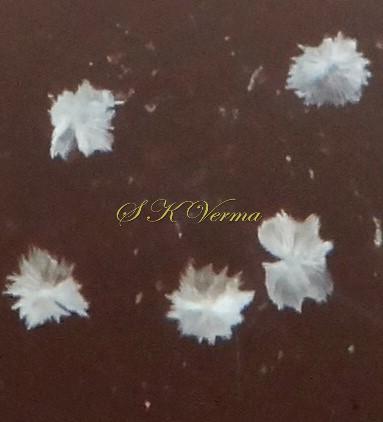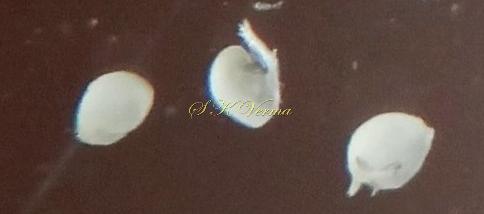CHROZOPHORA
Chrozophora
Neck. ex A. Juss., Euphorb. Gen. Tent. 27. 1824; Muell. Arg. In DC., Prodr. 15(2): 746. 1866; Benth. & Hook. f., Gen. Pl. 30: 305. 1880; Hook. f., Fl. Brit. Ind. 5: 408. 1890; Pax in Engl., Pflanzenreich 4. 147. 6: 17. 1912; Qiu & Gilbert, Fl. China @ eFlora.org 11: 223; Radcliffe-Smith, Fl. Pak. @ eFloras.org p. 44.
Monoecious; annual or perennial herbs or shrubs; indumentum of stellate hairs and/or peltate scales, usually dense. Leaves alternate, petiolate, stipulates, stipules subulate; blade simple, margin subentire, repand-dentate or sublobate, with 2 glands at the base of blade. Inflorescences axillary, spicate, racemose or subpaniculate, distally male, proximally female. Male flowers: Solitary to their bracts, pedicels short. Calyx closed in bud, splitting into 5 valvate lobes. Petals 5, connate, distally imbricate. Disc absent or present; when present 5-lobed, lobes alternating with petals. Stamens 3-15, filaments connate into a column, anthers 1-3-seriate, oblong, erect, 2-locular, longitudinally dehiscent. Pistillode 0. Female flowers: Borne on 1-4-flowered peduncles; pedicels long, often elongating and reflexing in fruits. Sepals 5, open in bud, valvate. Petals 5, smaller than in male flowers or 0. Disc +/- as in male flowers. Ovary 3-locular, with one ovule per loculus, placentation axile; styles 3, connate at base, +/- erect, bifid, papillose. Fruit a capsule, stellate-pubescent or scaly, sometimes tuberculate, 3-locular or fruit schizocarpic, leaving a columella, endocarp thinly woody. Seeds usually ovoid, smooth, caruncle absent but enveloped in thin pale shiny aril.
9 species
Chrozophora tinctoria
Chrozophora tinctoria
(L.) A. Juss., Euphorb. Gen. 110. 1824; Muell. Arg. in DC., Prodr. 15.2: 748. 1866; Hook. f., Fl. Brit. Ind. 5: 408. 1890; Pax in Pflanzenreich 4. 147. 6: 22. 1912; Radcliffe-Smith, Fl. Pak. @ eFloras.org p. 49; Croton tinctorius L., Sp. Pl. 2: 1004. 1753.
An erect-ascending annual herb up to 1 m, evenly, sparsely or densely stellate-pubescent. Leaves alternate; petioles 1.3-8 cm long, stellate-pubescent; leaf blade broadly ovate, ovate- rhombic to ovate-lanceolate, 3-6.5 cm x 2-6 cm, apex obtuse, subacute or acute, base cuneate, rounded or subtruncate, margin repand-dentate, 3-5-nerved from the base; with 2 prominent glands at base; both surfaces evenly or densely stellate-pubescent. Stipules filiform, ca. 1 mm long. Inflorescence 3-4 cm long, often produced above a stem-di- or trichotomy, spicate, racemose or subpaniculate, with male flowers distally and female flowers proximally. Male flowers: Pedicels ca. 7 mm long, stellate-pubescent; bracts linear-lanceolate, stellate- pubescent. Sepals 4 or 5, lanceolate or oblong-lanceolate, 4-4.5 mm x 1.5 mm, stellate- pubescent. Petals 4 or 5, 3.5-4 mm long, elliptic-lanceolate, yellow, white scaly outside. Disc thick, ca. 1 mm diameter. Stamens 10, filaments connate into a column, ca. 2 mm long; anthers biseriate, ca. 2 mm long, bithecous, longitudinal dehiscence. Pistillode 0. Female flowers: Borne on 1-2(-4)-flowered short peduncles, ca. 1 cm long; pedicels 6-10 mm long, extending to 3 cm in fruit and becoming deflexed. Sepals and petals narrowly linear, otherwise as in male flowers. Ovary ca. 1 mm x 1.5 mm, superior, densely silvery-lepidote, scales star-shaped and peltate; styles 3, connate at base, deeply bipartite, 2-3 mm long, stellate-pubescent. Fruit a capsule, rounded-trilobate, 5-6 mm x 8-9 mm, often somewhat tuberculate, stellate-lepidote, tinged with reddish purple. Seeds triangular-ovoid, 4-5 mm x 3-4 mm, tuberculate, grey.
Common Names: Dyers Croton, Giradol, Turnsole

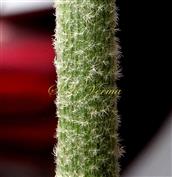
-DSC06779 (2).jpg)
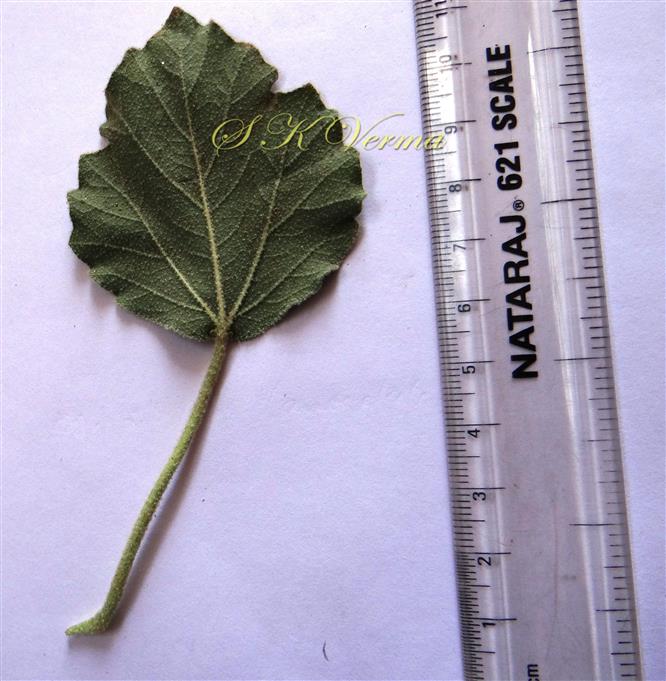
-DSC06879.jpg)
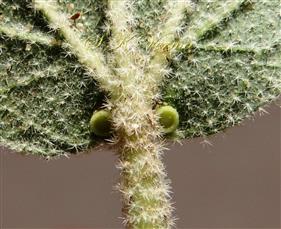
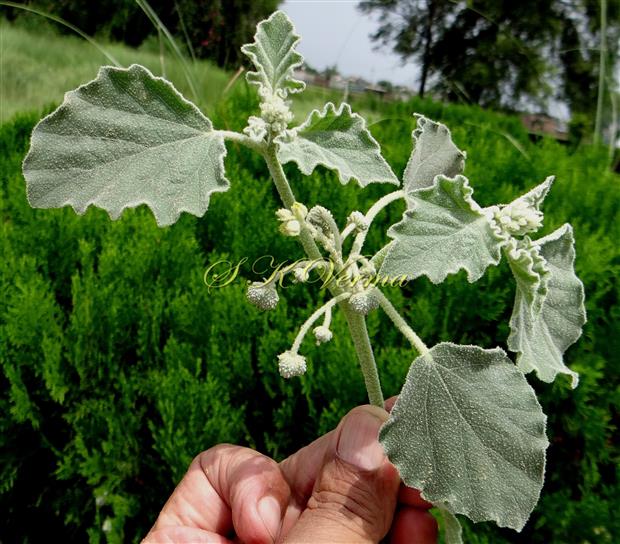
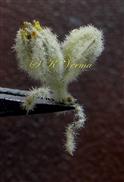
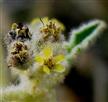
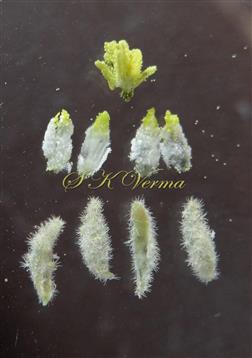
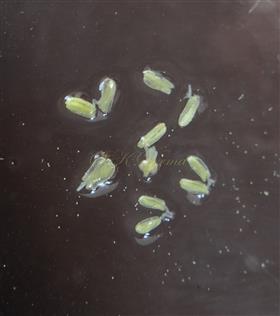
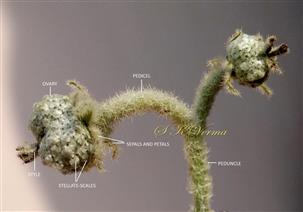
-DSC09762.jpg)
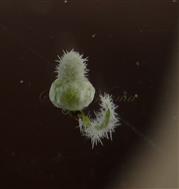
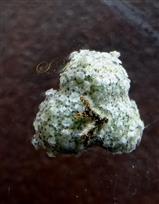
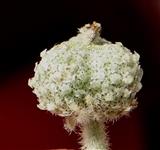
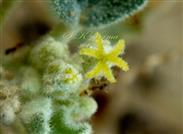
.jpg)
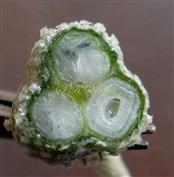



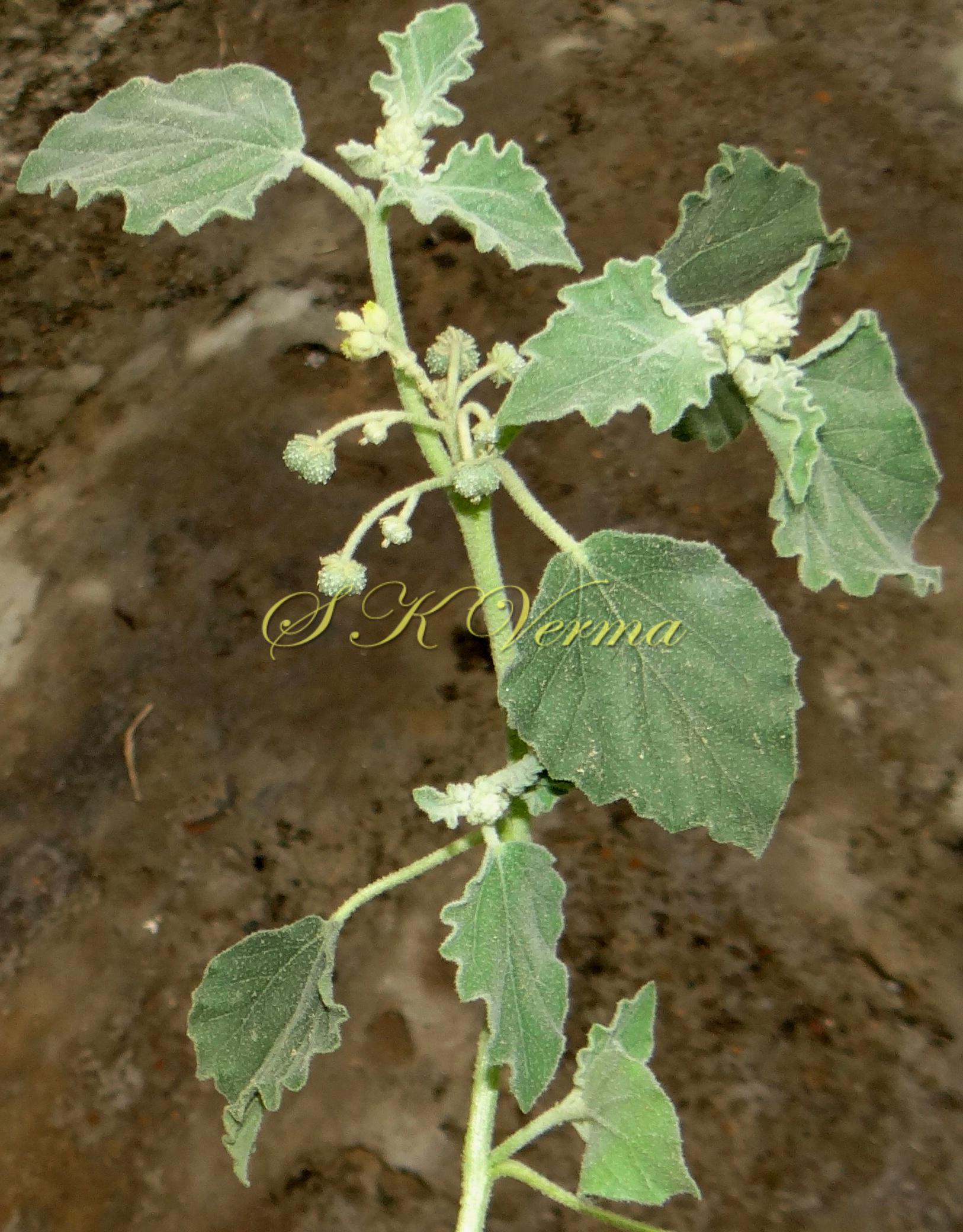

-DSC06779 (2).jpg)

-DSC06879.jpg)







-DSC09762.jpg)




.jpg)

